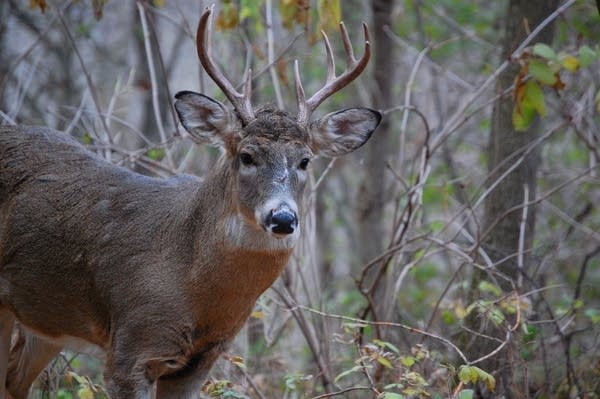Chronic wasting disease could spread faster than expected

A whitetail buck in a Twin Cities park.
Tim Post for MPR News File
Go Deeper.
Create an account or log in to save stories.
Like this?
Thanks for liking this story! We have added it to a list of your favorite stories.


